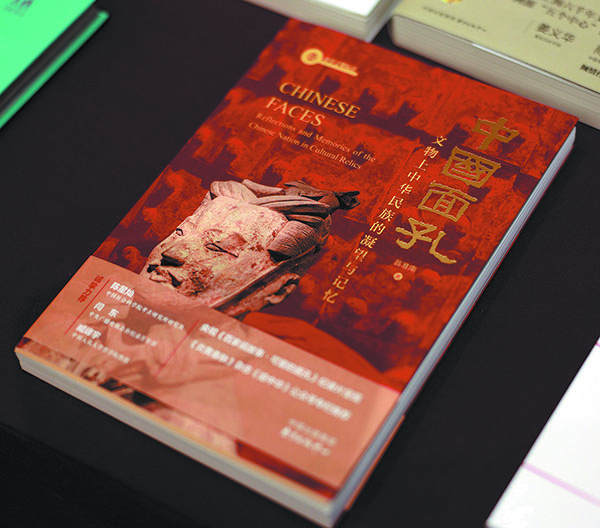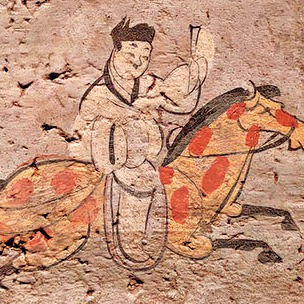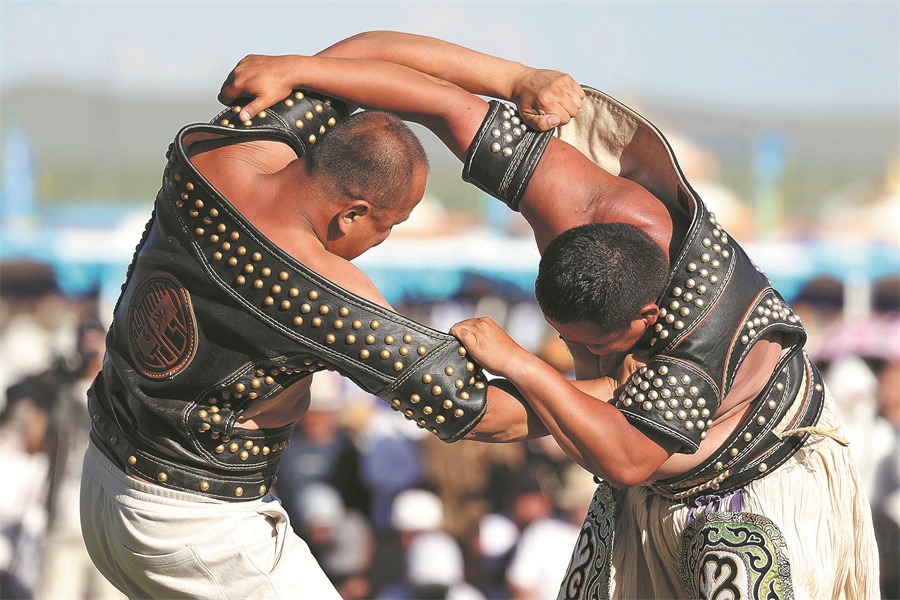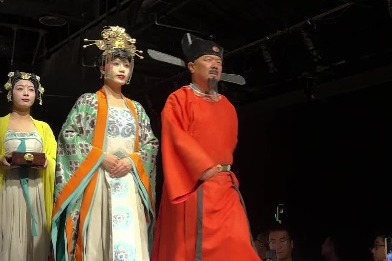Faces reflect nation's historic spirit


Liu Shuguang, director of the Chinese Museums Association, says he is impressed by Weng's depiction of a face pattern on the Houmuwu ding cauldron from the Shang Dynasty (c.16th century-11th century BC), which is stored at the National Museum of China.
"Although we are all very familiar with this symbolic ding from the Shang era, we often talk about its imposing manner and how it was made. I didn't notice it has such a human face on its body," says Liu.
According to Weng, the face is in the open mouths of two opposite tigers, and displays the dynamic movement of a person being devoured by tigers, but the face appears to be fearlessly calm.
Some people believe the human must possess some magic powers, and is negotiating with nature through the power of tigers. Others believe the image symbolizes the resolute belief that the person wishes to sacrifice himself for the stability of his clan.
"Whatever it is, it carries rich cultural information from more than 3,000 years ago," Weng says.
Liu highlights the angle of the book: "Sharing stories about cultural relics from the perspective of human faces is a good idea. Faces are not only about individuals but also represent a group, even the features of a civilization. When telling stories about civilization and culture, human faces are the most impressive."
He also mentions that the book is the result of museum research, which is gaining momentum with the museum-going trend.
"In recent years, the museum-going craze in China has become a remarkable phenomenon. Many people focus on the popularity of the museum exhibitions, but at the same time, museum research has also changed," says Liu.
"In the past, researchers studied the artifacts from the perspectives they were interested in. Now, they are paying increasing attention to the discoveries and unearthing of the relics and introducing them to the public, thus sharing the spirit and culture behind them," he adds.
"This book is a representative work of museum professionals' efforts in the new era."






































